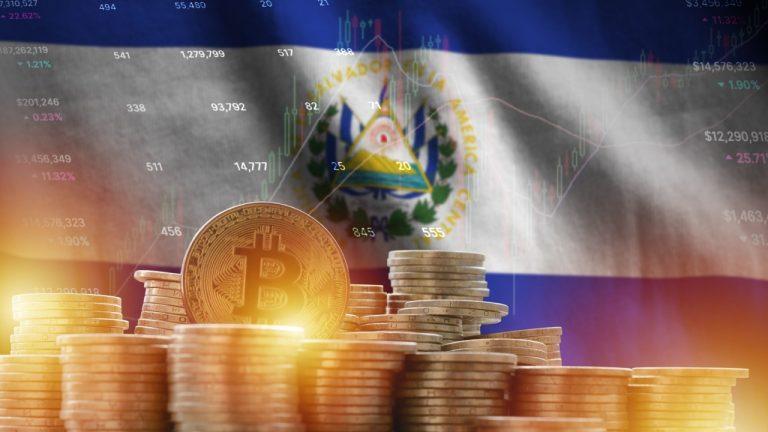US Treasury Secretary Scott Bessent informed lawmakers during a Senate hearing this week that dollar-pegged stablecoins could potentially exceed $2 trillion in value within the next few years. His comments come as Congress seeks to establish new regulations regarding the backing of these digital tokens.
According to Bloomberg, Bessent highlighted that a prominent industry organization anticipates the stablecoin market capitalization will surpass $2 trillion, describing this projection as "very reasonable." This growth would necessitate supporting up to $2 trillion in tokens with US Treasury Bills. Reports from Citigroup analysts suggest that issuers may purchase an additional $1 trillion in Treasury Bills by 2030.
In a significant legislative move, lawmakers have advanced a crucial amendment to the GENIUS Act, which mandates that stablecoin issuers maintain reserves in high-quality assets. The amendment received cloture yesterday, paving the way for a final vote anticipated early next week. Proponents argue that this amendment will enhance confidence in the market by ensuring that each dollar-pegged token is adequately backed.
Currently, the total value of the stablecoin market is approximately $255 billion, with dollar-pegged stablecoins accounting for around $233 billion, which represents 90% of the entire market. The leading nine dollar-pegged stablecoins, including USDT, USDC, USDe, DAI, USD1, FDUSD, PYUSD, TUSD, and USDD, dominate almost all stablecoin transactions.
However, challenges remain for regulators. If progress on the GENIUS Act is delayed or altered, issuers may seek more favorable markets. Additionally, there is a concern that a few large players could gain excessive market control, raising "too big to fail" concerns if a major issuer encounters difficulties. Furthermore, technological issues and smart contract vulnerabilities could lead to instability.
As the use of stablecoins expands in cross-border payments and decentralized finance, the US dollar may attract new international interest. Each $1 trillion in token issuance backed by Treasury Bills could increase demand for US debt. Nevertheless, the path forward is not assured. Lawmakers must develop regulations that strike a balance between safety and innovation, while issuers require robust risk management strategies. Users must also perceive tangible benefits beyond mere speculation. At present, the stablecoin market remains relatively small compared to the broader financial landscape, but the trend toward programmable money continues to advance.











